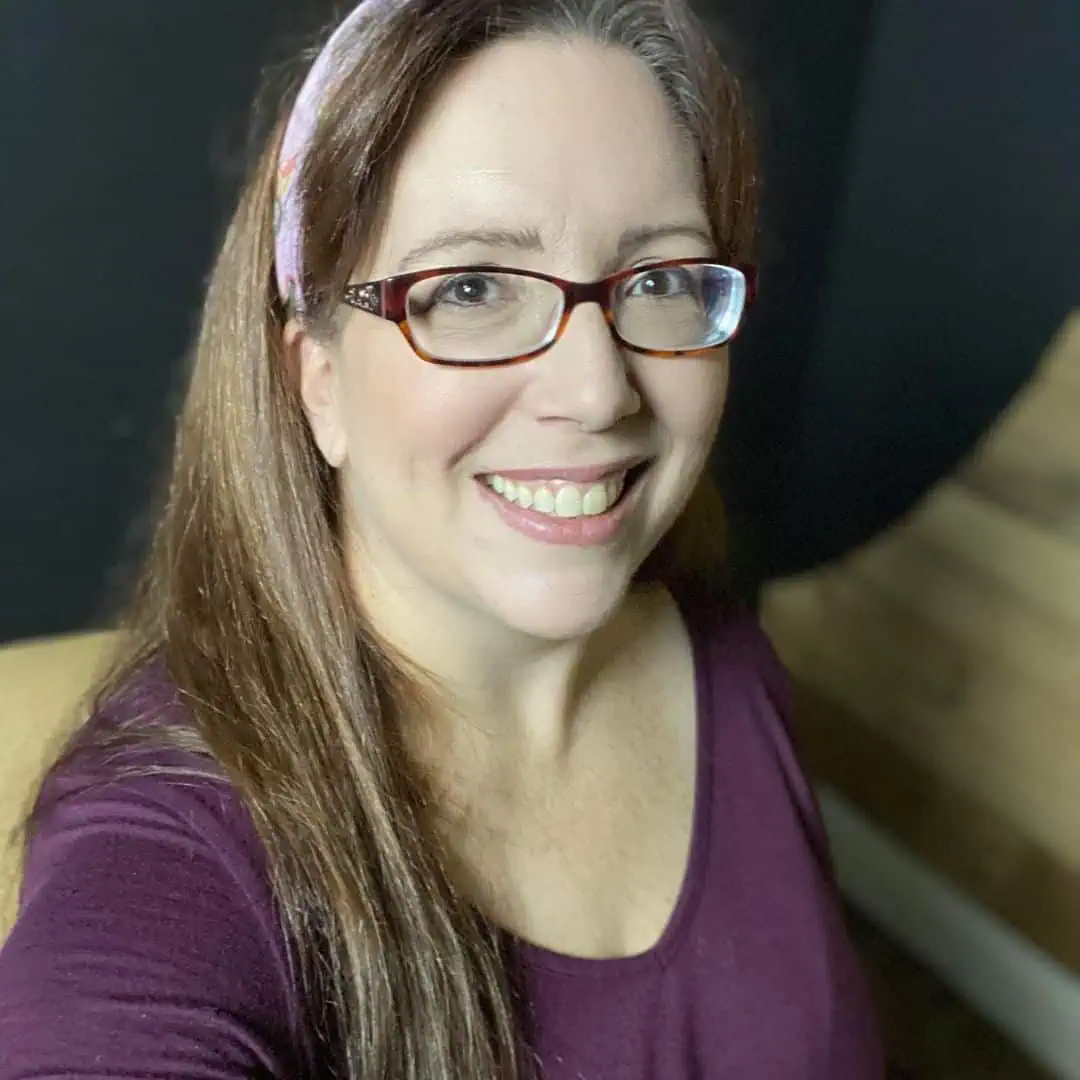If you’re like many moms, you’re probably looking for ways to get your kids involved in healthy eating. What better way to do that than to have them help with the gardening?
Planting and growing a vegetable can be a fun and rewarding experience for the whole family, and it’s a great way to get your kids interested in learning about where their food comes from. But if you’re new to vegetable gardening, the thought of preparing a large vegetable garden may seem a little daunting.
That’s why container gardening is a great way for beginners to start gardening.
Container gardening is a great way to get your kids interested in vegetables. By growing vegetables in containers, you can control the environment and make sure the plants have everything they need to thrive.
Starting a garden in Florida? August is the best time to start seeds for our main growing season in the fall and winter. Check out What to Plant in August – 65+ Best Florida Friendly Flowers, Vegetables, and Herbs
But not every container is suitable for vegetable gardening. In order to get started, you need to select the right type of containers for container gardening.
Don’t worry – we’ll walk you through the steps of selecting the perfect containers for your garden. Let’s get started!
Selecting the best size containers for growing vegetables can depend upon a variety of factors. What is the correct size container for your plant? Will you need to be able to move the container after it is planted? What material will work best for your environment? What color and style will best match your decor?
Here are four steps to help you choose the perfect containers for vegetable gardening.
Pin for later:
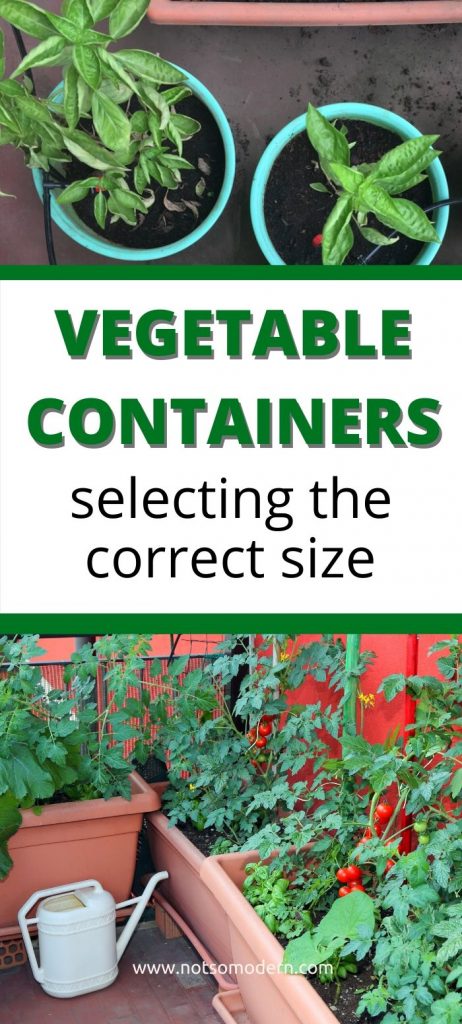
Plant Spacing for Your Vegetable Garden
The best way to determine the perfect container size for your plants is by considering their spacing requirements. When choosing a container for your plant, the size of the container will be determined by the spacing of the plant.
When you are potting a plant, consider how much space it will need to grow. You can find out by looking at the plant’s tag or doing a quick online search. Once you know how much space your plant will need, choose a container that is appropriately sized. If you are unsure, err on the side of choosing a larger container.
To get the most out of your planting space, try planting several small vegetables per container. Radishes are a great option for this since they don’t take up too much space. Plus, you’ll get to enjoy a bounty of fresh radishes in no time!
One of the best ways to grow tomatoes and summer squash is to plant them individually. This allows the plants to get the full amount of sunlight and nutrients they need to thrive. Plus, it makes it easier to harvest your delicious bounty!
| Plant | Spacing |
| Radishes | 1 – 2″ |
| Carrots | 2″ |
| Beets | 3″ |
| Onions | 3″ |
| Peas | 3″ |
| Spinach | 5″ |
| Beans | 5″ |
| Leaf Lettuce | 6″ |
| Swiss Chard | 6″ |
| Jerusalem Artichokes | 6″ |
| Potatoes | 6″ |
| Head Lettuce | 10″ |
| Broccoli | 12″ |
| Cabbage | 12″ |
| Cauliflower | 12″ |
| Cherry Tomatoes | 12″ |
| Eggplant | 12″ |
| Peppers | 12″ |
| Cucumbers | 12″ |
| Summer Squash | 18″ |
| Tomatoes (standard) | 18″ |
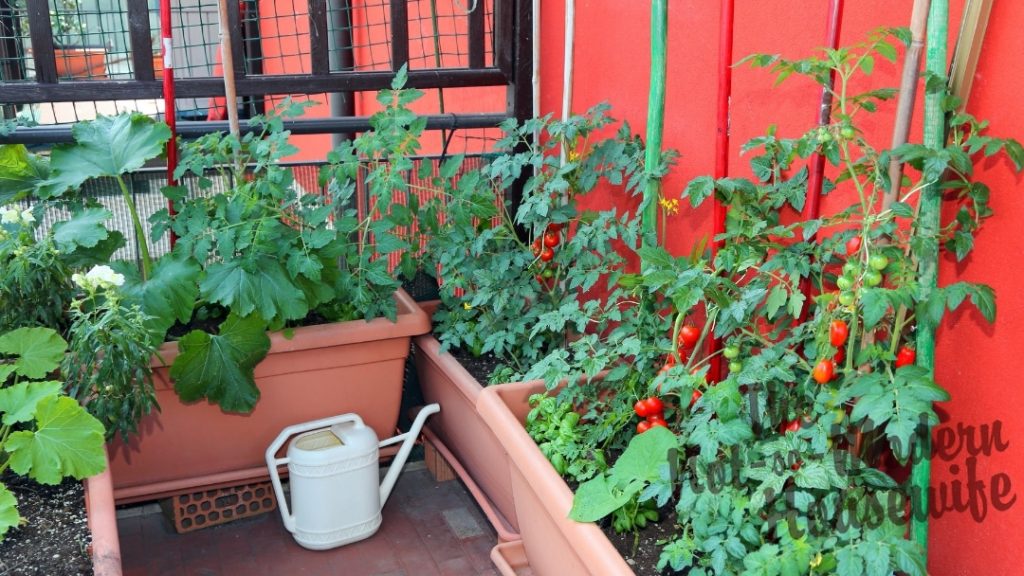
Recommended Root Depth for Popular Vegetables
The depth of the container varies depending upon the characteristics of the vegetable plant. This is because different plants have different root systems that require different depths of soil. For example, a plant with a shallow root system will need a shallower container than a plant with a deep root system.
Ensuring your plant has proper root depth will help it to absorb moisture and nutrients more effectively. Having deep roots will also help to anchor the plant, providing stability and preventing toppled plants.
Are you looking for plants that are suited for smaller planter boxes? If so, then plants with a shallow root depth might be a good option for you. These plants don’t need a lot of space to spread their roots, so they’re perfect for people who want to add a little greenery to their home without taking up too much space.
Plants with deep roots will need a deep planter box to grow. A 5 gallon bucket or grow bag can also work well for these plants. Give them plenty of room to grow, and they’ll reward you with beautiful produce!
| Shallow (9 – 12″) | Moderate (12 – 16″) | Deep (16 – 18″) |
| Beets | Broccoli | Beans |
| Lettuce | Cabbage | Cucumbers |
| Onions | Carrots * | Jerusalem Artichokes |
| Radishes | Cauliflower | Potatoes |
| Spinach | Cherry Tomatoes | Summer Squash |
| Swiss Chard | Eggplant | Tomatoes (standard) |
| Peas | ||
| Peppers |
*Carrots may require 9 – 18″ of soil depth, depending upon variety
Read: 10 Best Planters for Your Container Garden
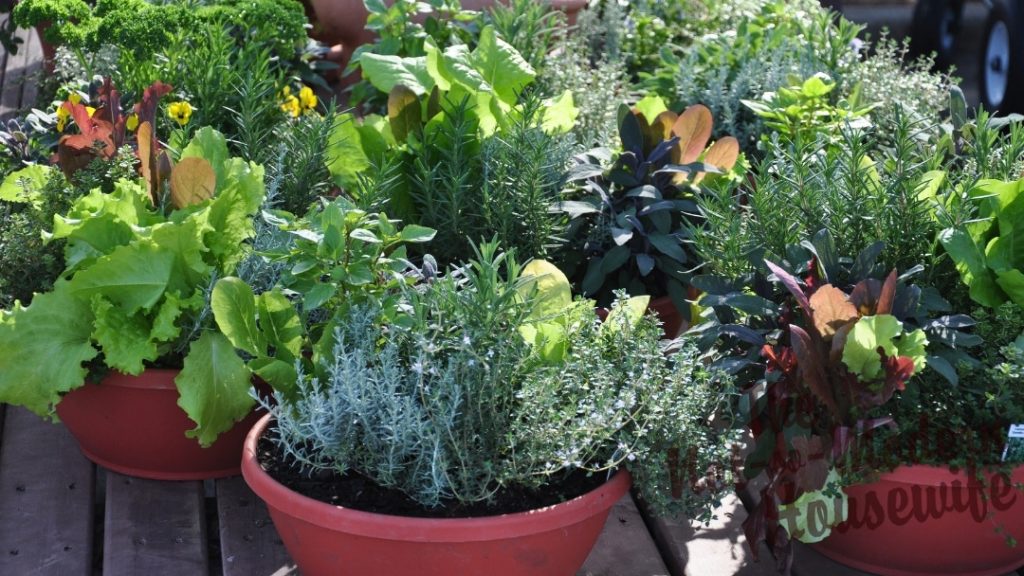
Container Diameter for Mature Plants
As a general rule of thumb, a container’s width or diameter should be half as wide as the mature height of the plant. This will ensure that the plant has enough room to grow.
To ensure your plant has enough room to grow, make sure to leave at least half of its plant spacing from the pot edge. This way, your plant will have plenty of room to develop healthy roots.
A container that is too small may stunt plant growth. The plant will also dry out more quickly in a smaller container.
One way you can help your plants stay healthy is by setting up drip irrigation for potted plants. This type of irrigation delivers water directly to the roots, which reduces evaporation and keeps your plants from drying out. Plus, it’s easy to set up and doesn’t require a lot of maintenance. So, if you’re looking for a way to give your plants a little extra love, consider making the switch to drip irrigation.
You may be tempted to choose a container that is too large for your plant. However, doing so could cause the soil to hold excess water. This could lead to problems with root rot or other moisture-related issues. So, be sure to choose the right size container for your plant!
Read: Keep Your Containers Looking Great with These 6 Simple Tricks
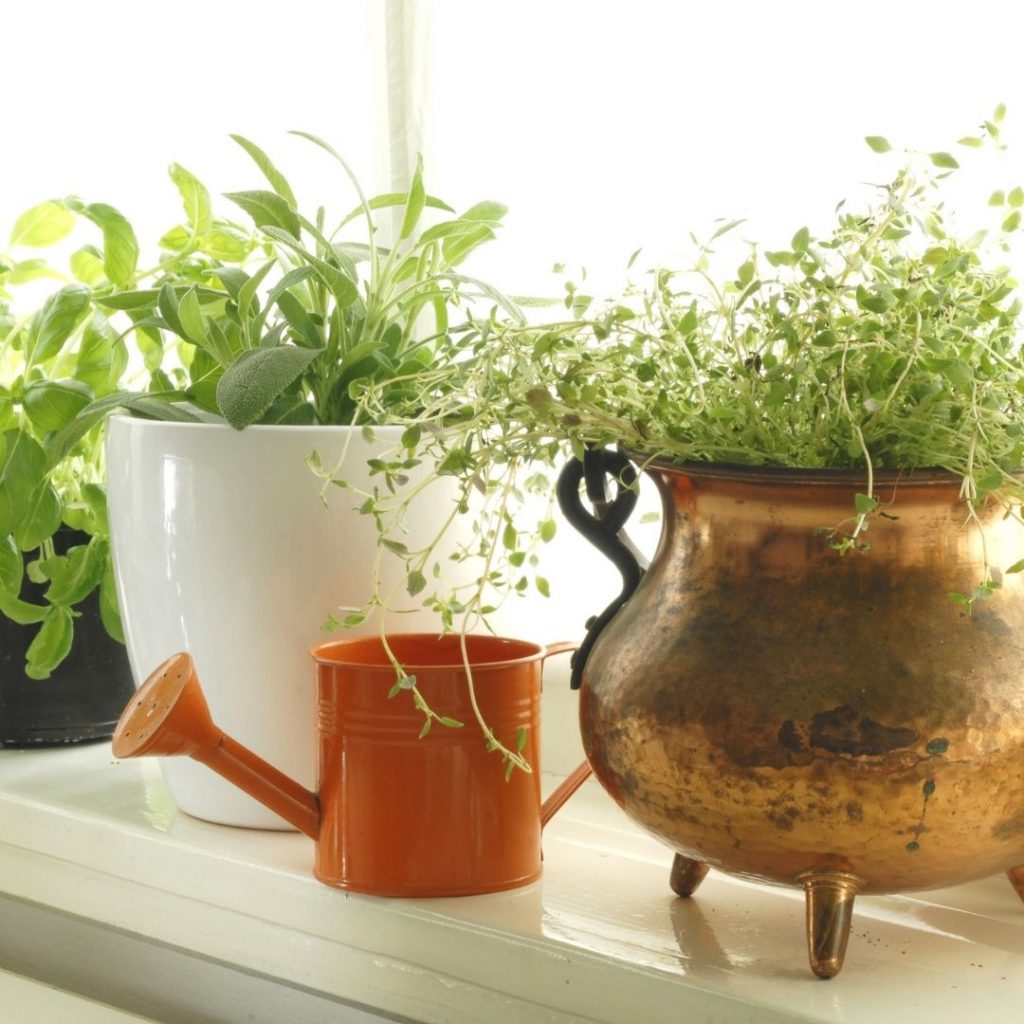
Choosing Your Planter Material
When it comes to choosing the best material for garden containers, you have a variety of options. But which one is right for you?
To help you decide, let’s take a closer look at some of the most popular materials:
- Fabric – Fabric grow bags have increased in popularity in recent years. They drain better than containers with drainage holes only on the bottom, which makes them ideal for plants that are prone to fungal root issues. The breathable bags naturally air prune roots, which also prevents plants from becoming root bound. Grow bags are available in a wide variety of sizes, so you can have a bag for one tomato plant or an entire raised bed garden made from fabric. Because the grow bags do drain so well, they are best paired with a plastic saucer to keep water runoff contained.
- Wood – wood containers can be made inexpensively at home, are slow to dry out, and look great in a variety of settings. The biggest drawback is that wood tends to rot over time, and will need to be replaced. Treated wood is slower to rot, but its safety with growing edible plants is questionable. Redwoods like cedar and cypress are rot resistant varieties that may be available in your are, but they will be more expensive than other varieties.
- Ceramic – ceramic planters are very attractive and commonly available. Thick ceramic will be more tolerant of temperature fluctuations and less likely to crack. Be careful to ensure you select a container that already has drainage holes. Large ceramic containers can be quite heavy when filled, so you will want to invest in a plant caddie.
- Terracotta – terracotta pots can be an inexpensive option for your container garden; however, care should be taken to ensure their longevity. Thinner pots tend to crack in cold weather, so should be brought indoors in the winter. The pots will also absorb moisture from the soil, so plants should be watered more frequently.
- Plastic – Plastic containers are widely available and can be made to look like natural materials. Even thicker plastic containers are lightweight, and will stand up to a variety of environments. Dark colors will absorb heat in full sun, while light colors can reflect light and keep roots cool.
- Fiberglass – Fiberglass containers are slightly more expensive than plastic, but they tend to look more natural and will stand up better to direct sunlight. They are also lightweight, which makes them a more favorable choice than natural materials.
- Metal – Metal containers are increasing in popularity in recent years. Aluminum containers are lightweight and won’t rust or need painted, while iron planters will be heavy and give your garden an aged look. The downside is that they will heat roots in full sun.
- Concrete – Concrete planters can add a lot of variety to your garden. Well made cast concrete planters come in a variety of styles and colors, plus they will last for years. You can also make them yourself. They are extremely heavy, so you will probably want to choose a permanent location for them, or keep them on a plant caddie so they can be moved. You may also want to consider using a cachepot system to make replanting easy.
Read: Cachepot: How To Double Pot And Display Plants Without Repotting
Read: Choosing a Container for Planting
Conclusion
Container gardening is a great way to get your kids interested in vegetables. By growing vegetables in containers, you can control the environment and make sure the plants have everything they need to thrive. But not every container is suitable for vegetable gardening. In order to get started, you need to select the right type of containers for container gardening.
We hope this article gave you some great vegetable container gardening ideas. What is your favorite type of container for your vegetable garden? Comment below!
